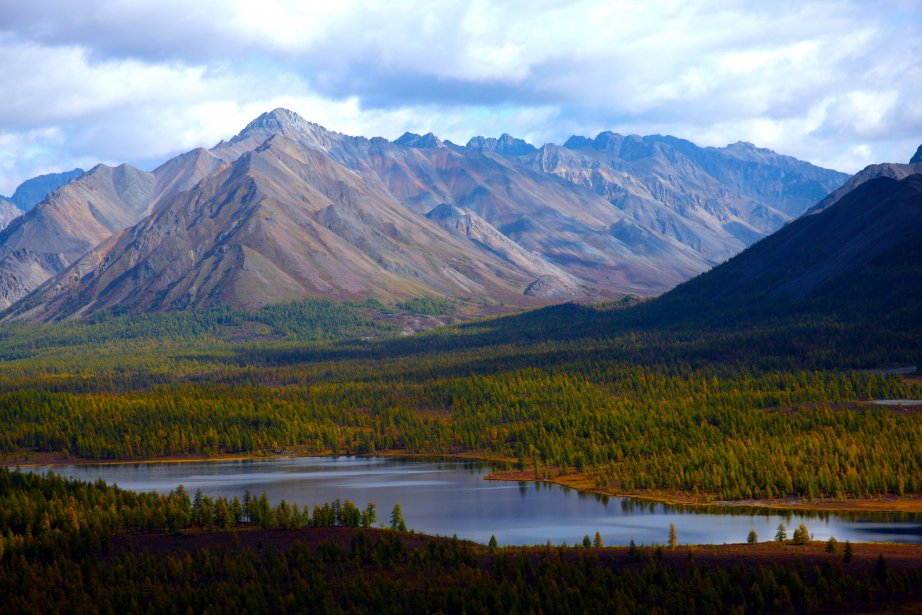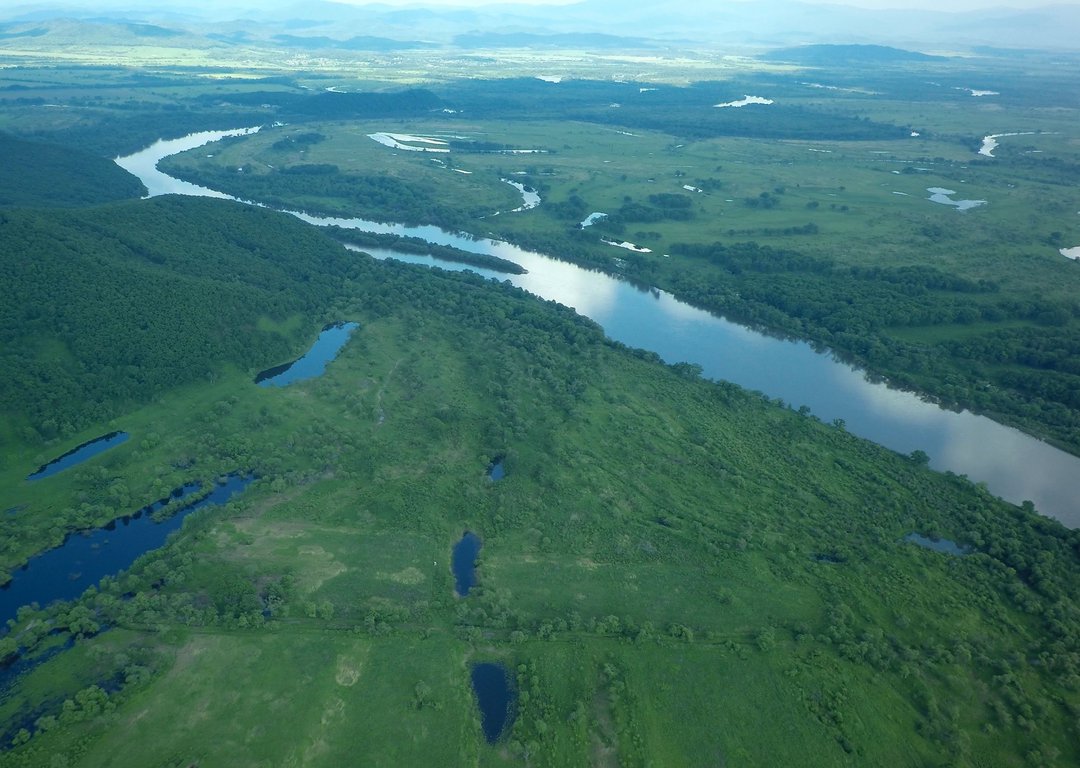 Amur River
Amur River➤Arrive Komsomolsk-on-Amur
➤Breakfast
➤Departure for Sofiysk village by motor ship
➤Arrive Sofiysk
➤Lunch
➤Visit to the local museum (optional, not guaranteed due to work schedule)
➤Departure for the port of Lazarev by car. Arrival late in the evening. Dinner
➤Accommodation in a local house. There are no hotels in the area
 Stunning Far East
Stunning Far EastThe vast network of camps dotted around the entire territory of the USSR consisted of more than 50 camp administrations running hundreds or even thousands of individual camps (estimates of the total number are as high as 30,000). The prisoners’ slave labour was used in timber production and mining and on gigantic construction projects (the White Sea Canal, dams, motorways, and railways). After Stalin’s death in 1953, the number of prisoners declined considerably and the Gulag was officially done away with in 1960.
If a local museum is closed (this happens occasioannly and unpredictably) a local historian will provide information about GULAG in the area and show relevant artefacts.